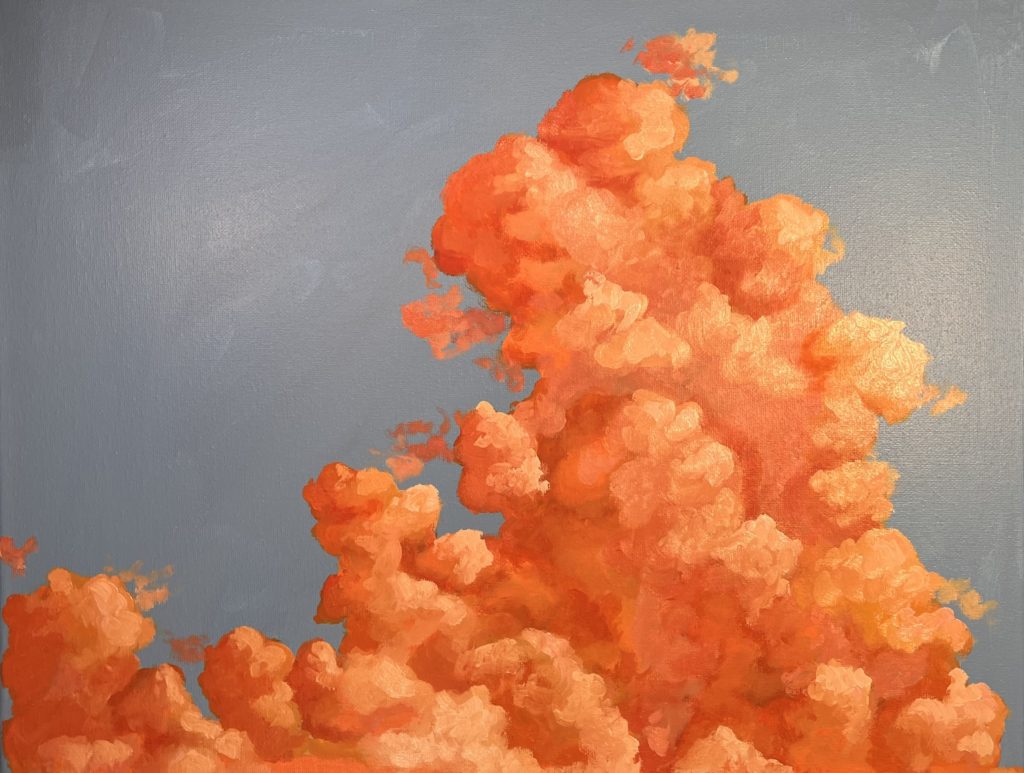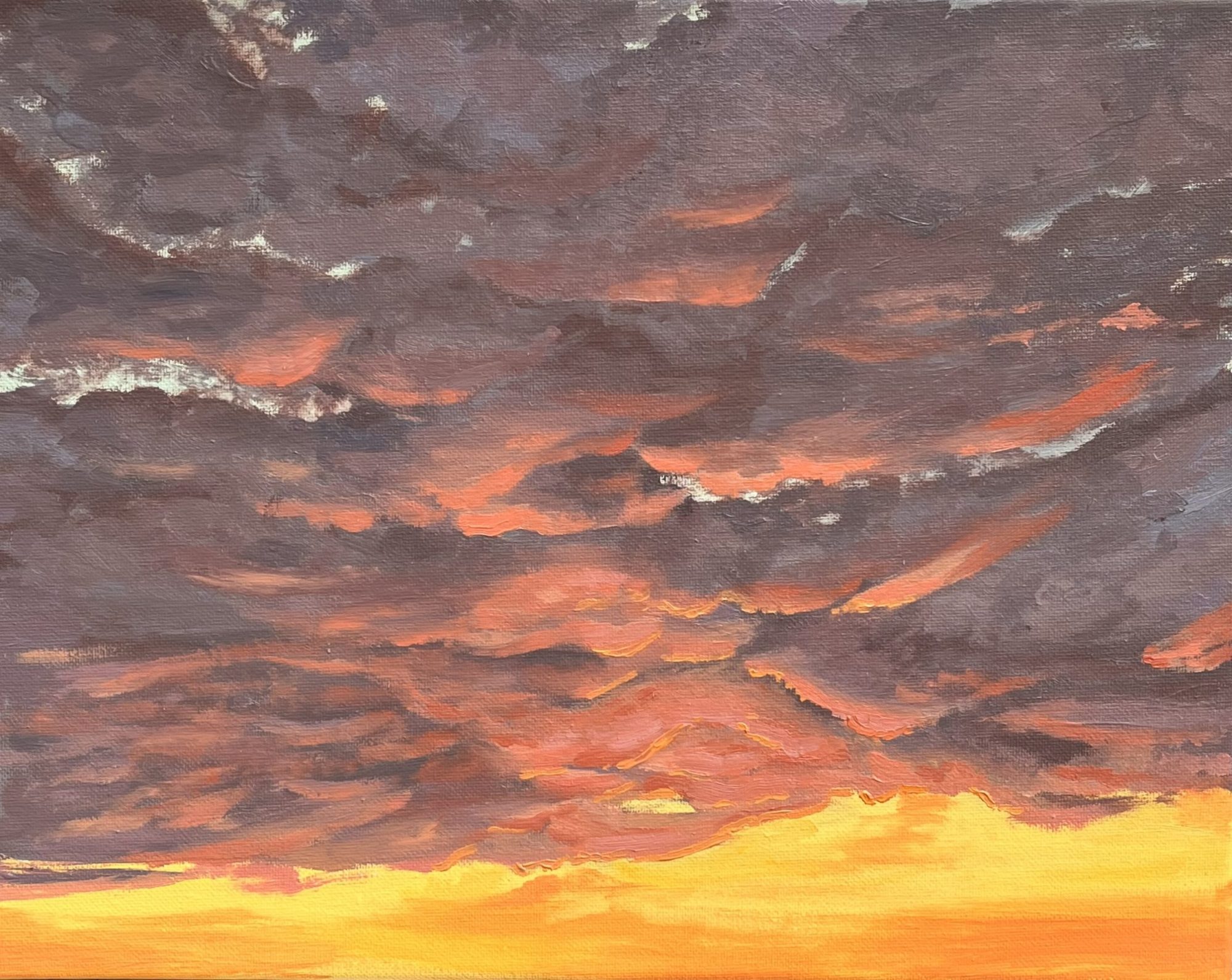Oil paint and acrylic paint are two of the most commonly used paints that are available for painters. I personally use acrylic and oil paint primarily for all of my canvases. If used correctly, they can coincide with each other very well!
Typically, I like to use an acrylic base and then add oil on top of that for the details. In this post, I will explain the process of starting with acrylic and gradually adjusting to oil paint and what it entails.
There are a few differences between oil and acrylic
Acrylic and oil paints are different media and are not generally compatible with each other. Acrylic paints are water-based, dry faster, and have a different consistency than oil paints, which are oil-based and take a longer time to dry.
If you are interested in learning about more differences between acrylic and oil paints, check out this post I have.
Why you should be using acrylic as a base for oil paint
I use acrylic paint as a base not only because of its opacity, but because it dries so quickly! It provides a great base for a foundation that oil paints can go on top of. I personally do not like waiting multiple days for my underpainting to dry.
Acrylic is also much cheaper compared to oil paint. Therefore, when you are just filling in large spaces, it is more sufficient to use acrylic as a large base.
Acrylic paint is very opaque when mixed with titanium white. Because of this, I like to use acrylic for my lighter tones that need to be thickly painted on. However, I find that oil paint has a much more vibrant and rich sheen to it.
Not only is oil paint more vibrant, but it is much easier to blend. If you make a base that is blocked out like typical under paintings, you can then use the oil paint on top to blend out the harsh lines.

Different ways to use acrylic underneath oil
1.) A very common way to use acrylic to your advantage is with an underpainting method such as the imprimatura technique. Acrylic can make a great “wash” for the underneath layer of your painting to incorporate some undertones before beginning to paint. The reason why you might want to do this is because it will be completely dry in a very short amount of time, so you dont have to worry about your underpainting mixing with your real tones and muddy-ing them.
All you need to do is mix your undertone shade with a good amount of water and spread it around the canvas. This way, you can slowly build more and more to create areas with depth before you go in with oil paints.
2.) You can also use acrylic paint as not only a wash, but as a full greyscale under-painting. This is typically called the grisaille technique. If you use only a grey-scale, from white to grey, and create depth in black and white then you will have a black and white value painting.
Then, after this, you are able to “glaze” over this. You have your greyscale base, and place a thin layer of oil paint over top. You can do this with a galkyd to make sure that it is thin enough to show through with the right consistency.
3.) Another option that works well is using the acrylic as a thick, solid base underneath the painting. When I am painting clouds specifically, I always use an acrylic base as a solid color.
FAQ
Can you paint oil over acrylic?
This is a commonly googled question, and yes, of course you can! I recommend only doing so however when you know that the acrylic paint is dried completely. It is not a good idea to mix wet acrylic and oil because of their thinners, being water and distilled turpentine products.
What are the differences between oil paint and acrylic?
There are three main differences that are found between oil and acrylic paints. I highlight these in another post: How to understand differences between oil and acrylic paints. Oil paint is of course made with an oil base. This means that when blended out, it takes much longer to dry initially.
Oil is seen as some artists as the more “advanced” paint/medium, but this is not always the case depending on the technique applied.
Acrylic paint is made with a water and alcohol base, so there is no products that are needed as an additional to add to clean off acrylic paint. Acrylic is a great introductory paint for artwork on canvases or panels.

